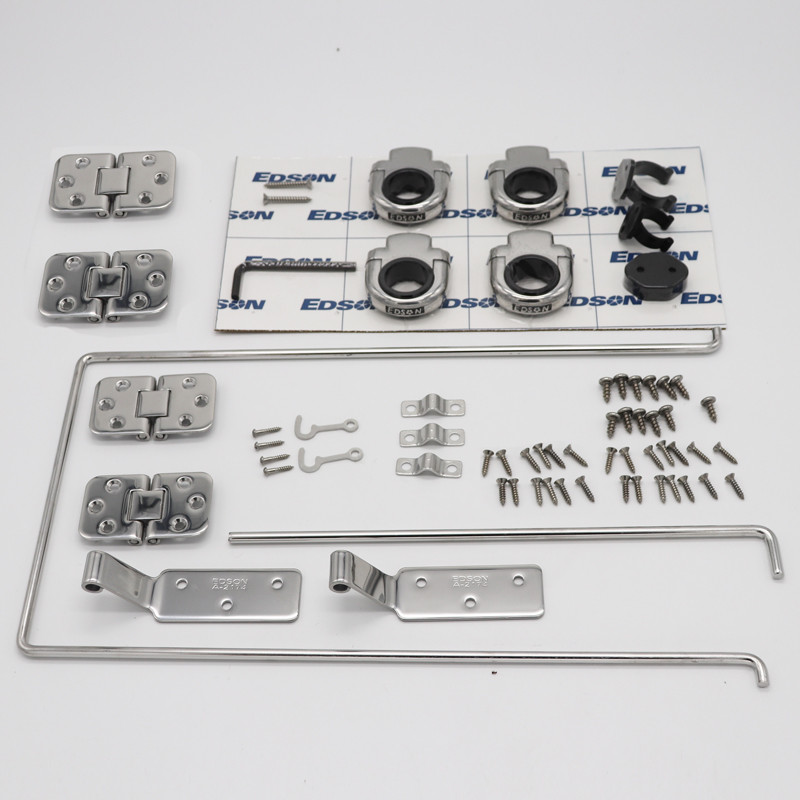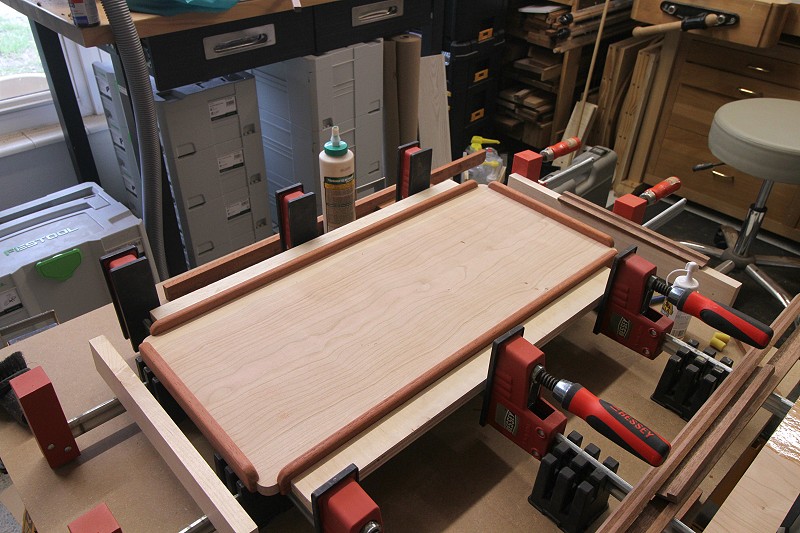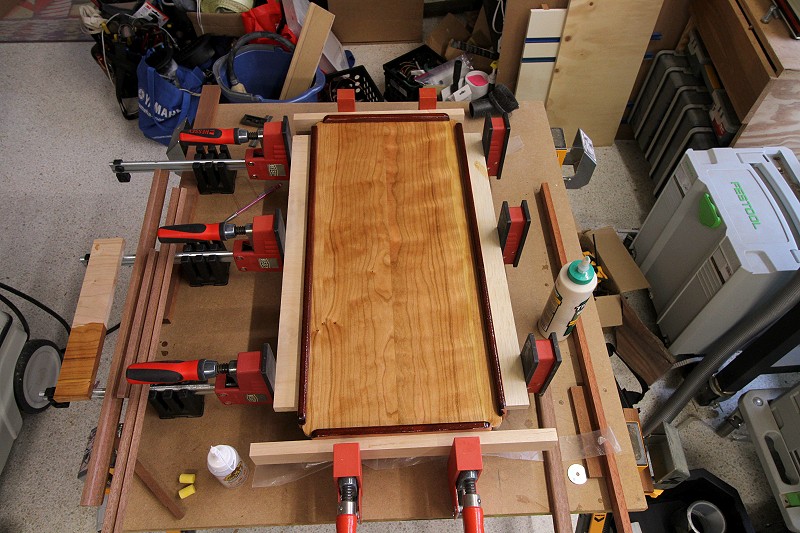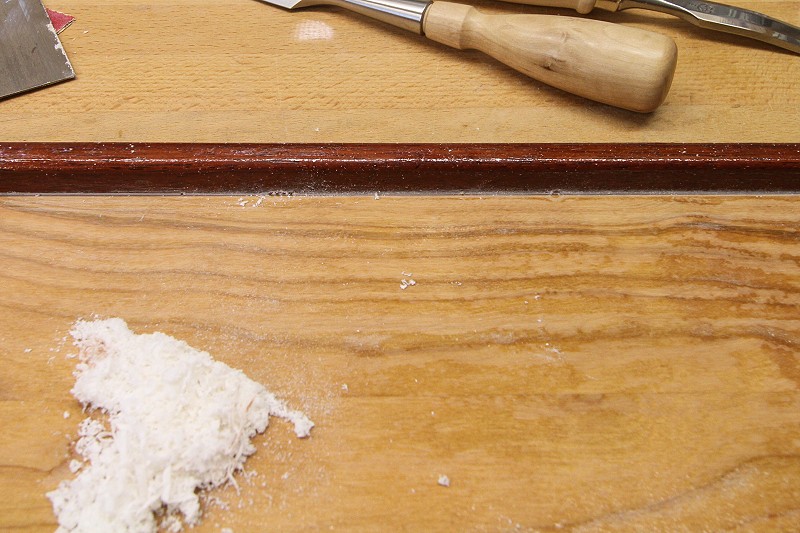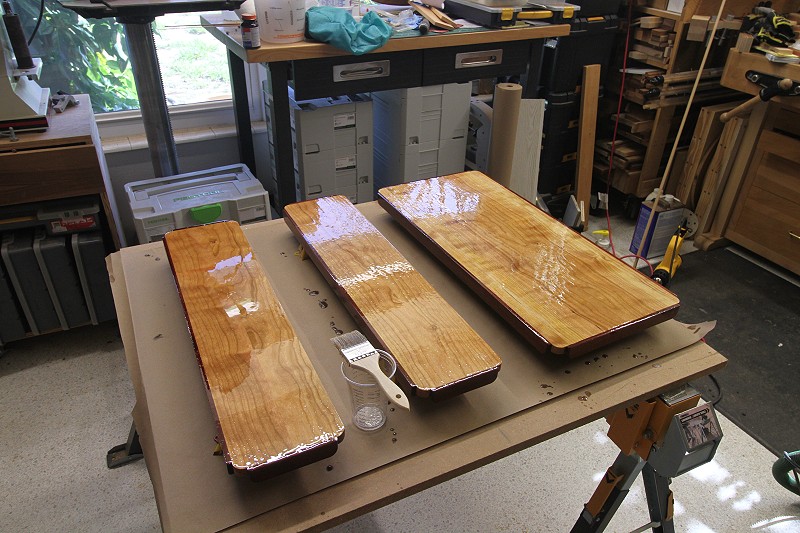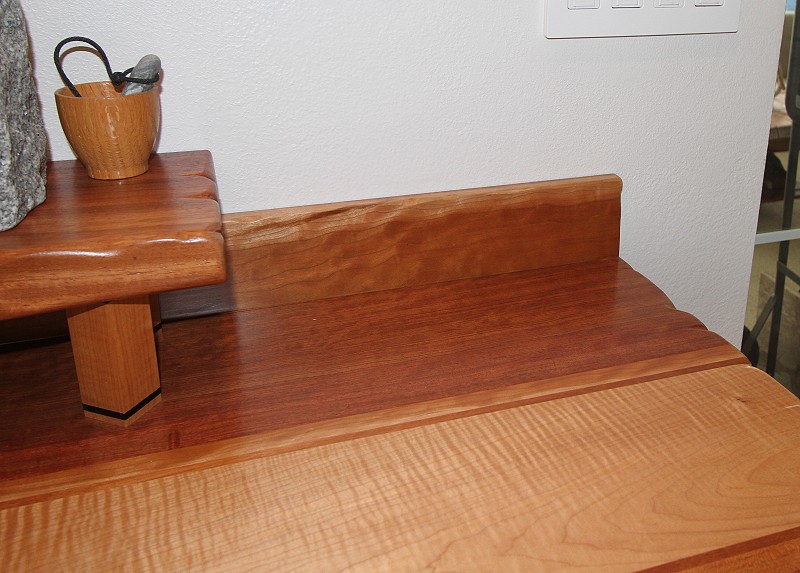Yes, it's a little crazy but I have this figured cherry and the boat needs a new cockpit table and...
Took the old pedestal and set it up with the table hardware and a piece of plywood to get things going.
I milled the cherry to 5/8", ripped the wide boards down the tree's center and glued the whole thing up.
And ripped it to size
In the folded position
For the trim I'm using African mahogany. This particular piece was really heavy. So I milled that to size, trimmed some corners and did a roundover on the pieces. Then rabbetted to accept the cherry boards. This would be the open position
And folded
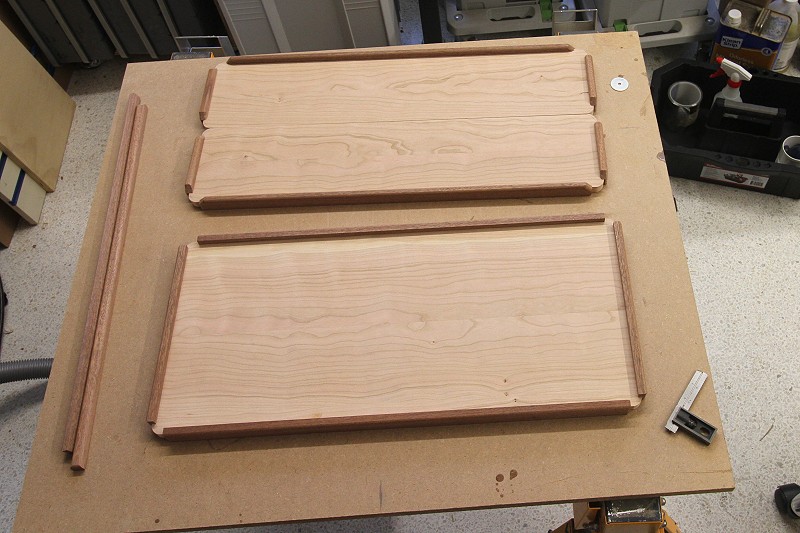





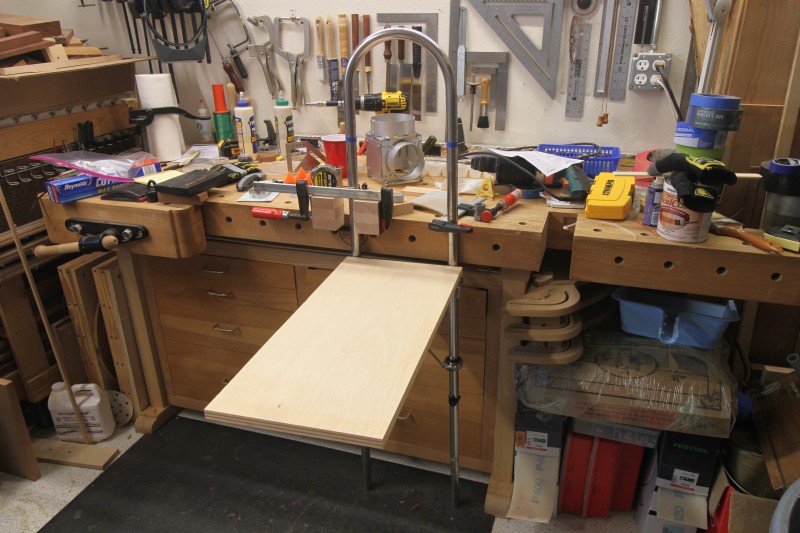

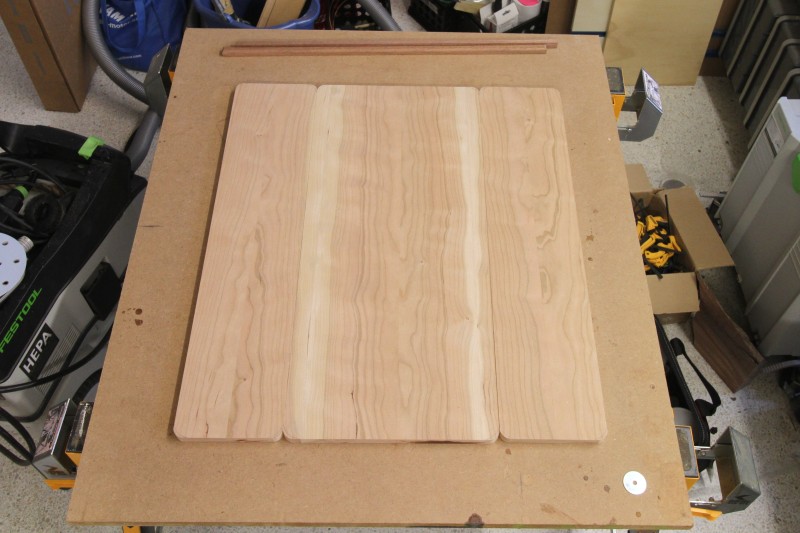
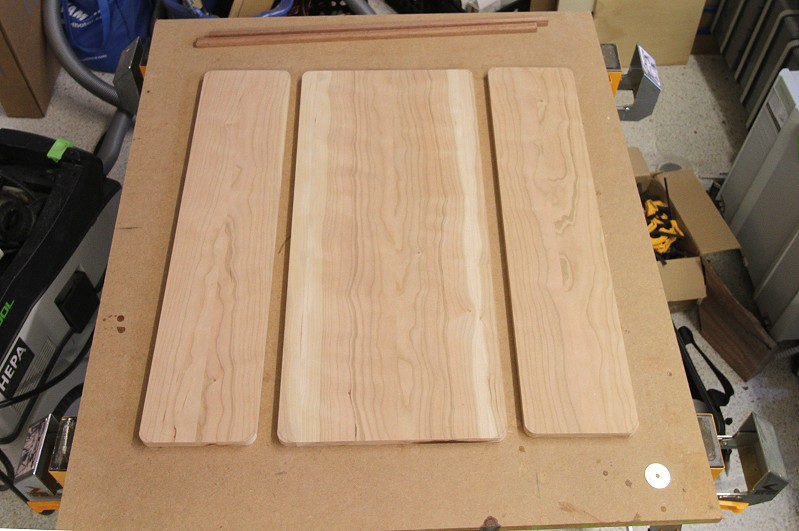




 Reply With Quote
Reply With Quote
